Spray-On Bedliner of Silicon Valley provide protection where it counts for Stanford’s Humanoid Robotic Diver – “Mermaid”
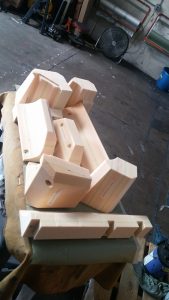
Stanford’s Humanoid Robotic Diver Blocks
Stanford’s Humanoid Robotic Diver started out as a box of blocks about a year ago and has just made world news.
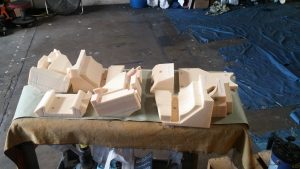
High Density Foam Blocks
Stanford’s Ocean One is the first prototype of what may be a team of robotic divers that are currently controlled remotely. The advancement of processor technology and software make automation a certainly. It’s only a matter of time before one of Ocean One’s distant beta versions will be task driven from a daily software boot and able to work independently.
As far as we are concerned it started like so many other projects – hey can you coat these. Well let’s backup, it started out – A couple of Stanford students walk into Mike’s Truck and ask, can you coat this sample material? Concerns are always, how well does the media handle temperatures heated to 180 which becomes even hotter as the exothermic reaction of the ‘A’ and ‘B’ parts are mixed at 1800 – 2500 psi. The cool thing about Polyurea is one can use anything to create the shape – foam, paper cups, light bulbs, card board boxes, etc. Once the item is coated Polyurea provides the structure and the substrate is no longer needed. It’s the elongation, adherence, and wear resistance that make it unique.
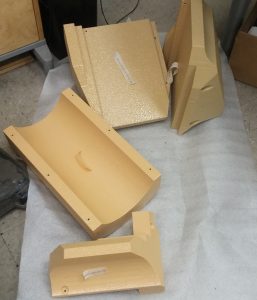
Coated with Polyurea no color coat
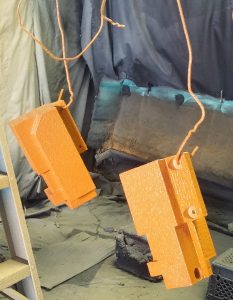
Stanford’s Humanoid Robotic Diver after color coat
For Ocean One, Spray-On Bedliners of Silicon Valley coated parts. Always great to see a project come together – congratulations Stanford, specifically, the computer science dept that drove this to completion! Remember, from one salvage diver to another – our charter is the safe retrieval of lost objects.
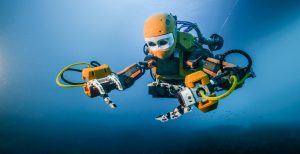
Stanford’s Robotic Diver